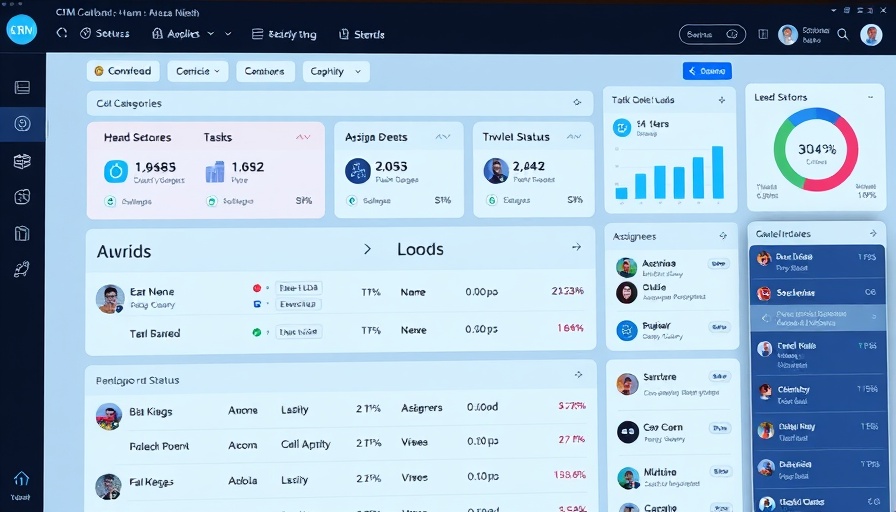
The Importance of Choosing the Right HR Software in Malta
For business owners in Malta generating over $2 million in annual revenue, selecting the right HR software can be a game-changer when it comes to scaling operations. Not only does effective software streamline HR processes, but it also enhances collaboration among teams and simplifies communication. With the wrong tools, chaos reigns; with the right tools, productivity flourishes.
Key Features to Look for in HR Software
When evaluating HR software, focus on features that align with your business needs. Essential functionalities include:
- Project Management: Integration with project management frameworks ensures that HR tasks align with operational goals, fostering a productive workplace.
- Collaboration Tools: Strong collaboration capabilities help in improving communication among departments, driving employee engagement, and fortifying team spirit.
- Workflow Automation: Automating repetitive HR tasks reduces human error and frees up valuable time for deep focusing on strategic initiatives.
- Customizability: Choose a platform that can be tailored to your existing workflows, which is critical as your operations grow.
Why HR Software is Essential for Scaling Operations
As businesses grow, particularly those seeking funding and rapidly expanding, their operational infrastructure must scale accordingly. Effective HR software allows companies to handle influxes of new employees smoothly and integrate them into existing workflows seamlessly. This means less downtime and a higher return on investment.
Common Misconceptions About HR Software
Many business leaders believe that HR software is only for large companies, but that's a myth. Scalable HR software options specifically cater to mid-sized companies, enabling them to implement robust systems that rival those of larger enterprises.
Additionally, some might feel intimidated by implementing new technology, worrying it will disrupt their operations. In reality, the transition can be smooth with the right support and training, often yielding better long-term efficiency and employee satisfaction.
Real-World Example: A Company’s Transition to New HR Software
Consider a hypothetical DTC brand that transitioned from outdated HR methods to a cloud-based HR software. Initially overwhelmed by the complexities of managing a growing workforce, their newfound software allowed them to automate leave tracking, onboarding, and performance reviews. As a result, they increased employee retention by 20% and reduced administrative hours spent by nearly half.
Conclusion: Take the Next Step in Optimizing Operations
As you consider adopting HR software, think about how it will align with your growth strategy. The software tools you choose are integral to building an efficient operational framework. Explore options that suit your needs best and start simplifying your workflows to support sustained growth.
 Add Row
Add Row  Add
Add 



Write A Comment